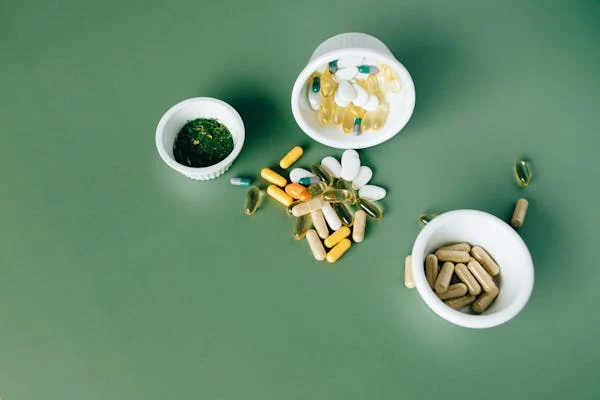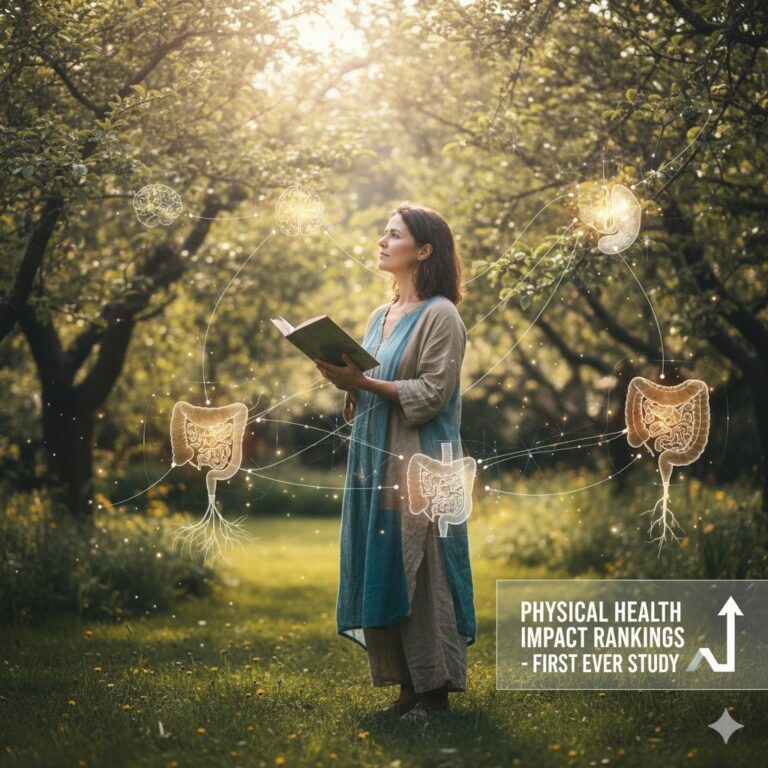Introduction
What is Vitamin D?
Your body can make vitamin D on its own.
Vitamin D is not one nutrient but several forms of it. There are two common forms: vitamin D2 (ergocalciferol) and Vitamin D3 (cholecalciferol). Both are great, but D3 is considered more effective, and our bodies produce D3 when we spend time in the sun.
Benefits of Vitamin D
The benefits of Vitamin D are numerous, ranging from strengthened bones to an improved immune system. So it helps control how much calcium and phosphorus, two minerals vital for bone growth, are absorbed, but in fact, it also plays an important role in maintaining muscle strength. In addition, Vitamin D is associated with mood control and may even lower the chances of developing chronic conditions.
How Vitamin D Works in Your Body
Absorption and Metabolism
When your skin comes into contact with sunlight, it converts one type of cholesterol into Vitamin D, which then gets processed in the liver and kidneys to produce calcitriol, the active form of the vitamin. This active form plays a role in regulating calcium levels and supports many bodily functions.
Function in Immune System and Bone Mineralization
Vitamin D is important for your bones: it helps your body absorb calcium and lower your risk of fractures and osteoporosis. It is also associated with the regulation of the immune system, affecting the body’s response to infections and diseases.
Method 1: Sun Exposure
Guidelines for Responsible Sun Exposure
Sunlight is the most natural way to improve your vitamin D levels. Shoot for about 10 to 30 minutes of midday sun exposure several days a week. If there’s little to no protective melanin in your skin, the perfect amount of sun exposure will vary from person to person depending on skin type but also on what season it is and where you live, since all of those factors can make a difference.
Benefits and Precautions
Advantages: Exposure to the sun assists in the natural production of Vitamin D and builds serotonin for better moods.
Precautions: Excessive exposure can cause sunburn and increase the risk of skin cancer. After the specified time has passed, apply sunscreen to the skin.
Method 2: Dietary Sources
Foods Rich in Vitamin D
If you’re not a long-hour-under-the-sun kind of person, your diet can pick up the slack. Fatty fish, such as salmon, mackerel, and sardines, are great sources of Vitamin D. Other foods such as eggs, cheese, and beef liver can also be good options to add to your diet.
Suggestions of Adding Them to Your Diet
Making your meals a little more spicy doesn’t have to be a job:
Breakfast: Top your morning bagel with smoked salmon or a boiled egg.
Lunch/Dinner: Add grilled fish to your salad or pasta.
Snacks: Have a cheese platter or fortified yogurt as a filling snack.
Method 3: Supplements
Different Types of Vitamin D Supplements
Supplements are another popular option for people who have limited sun exposure or dietary restrictions. You’ll typically see supplements in one of two forms: vitamin D2 and D3, the latter of which is often suggested as more effective.
Some Tips on How to Choose the Right Supplement for You
Be sure to talk to a health care provider before starting any supplement regimen. They can assist you in determining the right dosage based on your age, pre-existing health conditions, and current vitamin D levels. (Since excessive supplementation can be hazardous, a personalized approach is important.)
Method 4: Fortified Foods
Common Fortified Foods
A convenient source of vitamin D: Many fortified foods can serve as a dietary source of vitamin D without drastically changing your lifestyle. Most dairy products, cereals, and non-dairy milk alternatives are fortified with vitamin D, so you’re getting a big punch with every bite.
How They Function to Stimulate Vitamin D Receptor Activity
Adding fortified foods to your diet is easy:
Breakfast: Begin your morning with fortified cereal or a glass of milk enriched with vitamin D.
Smoothies: Fortified almond or soy milk can serve as an excellent base for your morning smoothie.
Snacks: Seek out fortified juices or spreads that can give you that supplemental vitamin D punch.
Method 5: How To Reduce Bad Cholesterol
Get More Vitamin D From Eagerly Awaited Untility Insight Outdoor Activities
Not only are there a lot of benefits to living an active lifestyle, but there is also high exposure to sunlight. Be sure to get outdoors — walking, hiking, or even gardening will give you a good dose of vitamin D — and you can only feel more physically fit.
How to Include Vitamin D in Your Lifestyle
Small adjustments to your daily routine can add up:
Morning Routine: Take a short walk outdoors to start the day.
Break Time: (When You Can) Take Your Lunch Breaks Outside
Final Note: Plan a weekend trip to Midwestern state parks if you are Sunshine, or a weekend trip to Midwinter State Parks.
Method 6: Measured Levels
How to Test and Track Your Vitamin D Levels
Keeping your vitamin D levels in check is imperative to make sure you’re on the right track. Blood tests can give you an accurate measurement and help you know if any tweaks in your lifestyle or diet are in order. Regular monitoring can identify deficiencies before they become more serious health issues.
When To Seek Professional Help
If you suspect you’re not getting enough Vitamin D despite your best efforts, it may be time for a visit with a health care provider. They can perform tests to check your levels and offer suggestions for how to fix any imbalances.
Method 7: Utilizing a Combination of Methods for Maximum Health
How to Balance Light, Diet and Supplements
An effective strategy for keeping good Vitamin D levels is using a cocktail of methods. Combining natural sunlight with a nutritious diet and adequate supplementation is an all-around approach.
Real-Life Stories and Examples of Success
Many have been successful with it by adapting their approach.
Case Study 1: A busy professional started taking short walks outdoors with a balanced diet that included plenty of fatty fish and fortified foods and noticed an increase in energy.
Case Study 2: How This Closer-Up Individual Followed Regular Blood Tests and Supplements for Vitamin D.
Conclusion
It is important to have an adequate supply of Vitamin D for our general health! By implementing these 7 actionable tips—from utilizing sun exposure and dietary sources to incorporating fortified products, supplements, and lifestyle changes—you can improve your health and well-being. A balanced approach is fundamental here; be attuned to your body, manipulate your routine, and keep to the tryout side of the line—when in question, consult with the experts. Every long journey to better health starts with a baby step, and with these tips you’re on the right track to a healthier, more exciting life!
FAQs
Q1: What is the right amount of sun exposure to produce an adequate level of vitamin D?
A1: Depending on your skin type, geographic location, and season, 10-30 minutes of widespread midday sun exposure several times per week is generally sufficient.
Q2: Can I obtain enough Vitamin D levels through my diet alone?
A2: Though you can get Vitamin D through food, it can be hard to meet all your supply through food alone without sunlight or supplementation, particularly in less sunny climates.
Q3: Any possible negative impact from taking Vitamin D supplements?
A3: Yes, too much supplementation can cause toxicity. It’s important to work with a healthcare provider to figure out the dosage that’s right for you.
Q4: What are some of the best foods that can help boost my Vitamin D levels?
A4: Fatty fish (salmon, mackerel, sardines), eggs, cheese, fortified dairy, and plant-based alternatives.
Q5: How frequently do I need to test?
A5: You should check your levels once or twice yearly, or more if you have risk factors for deficiency. Testing frequently will give you a solid guide for your intake strategy.







